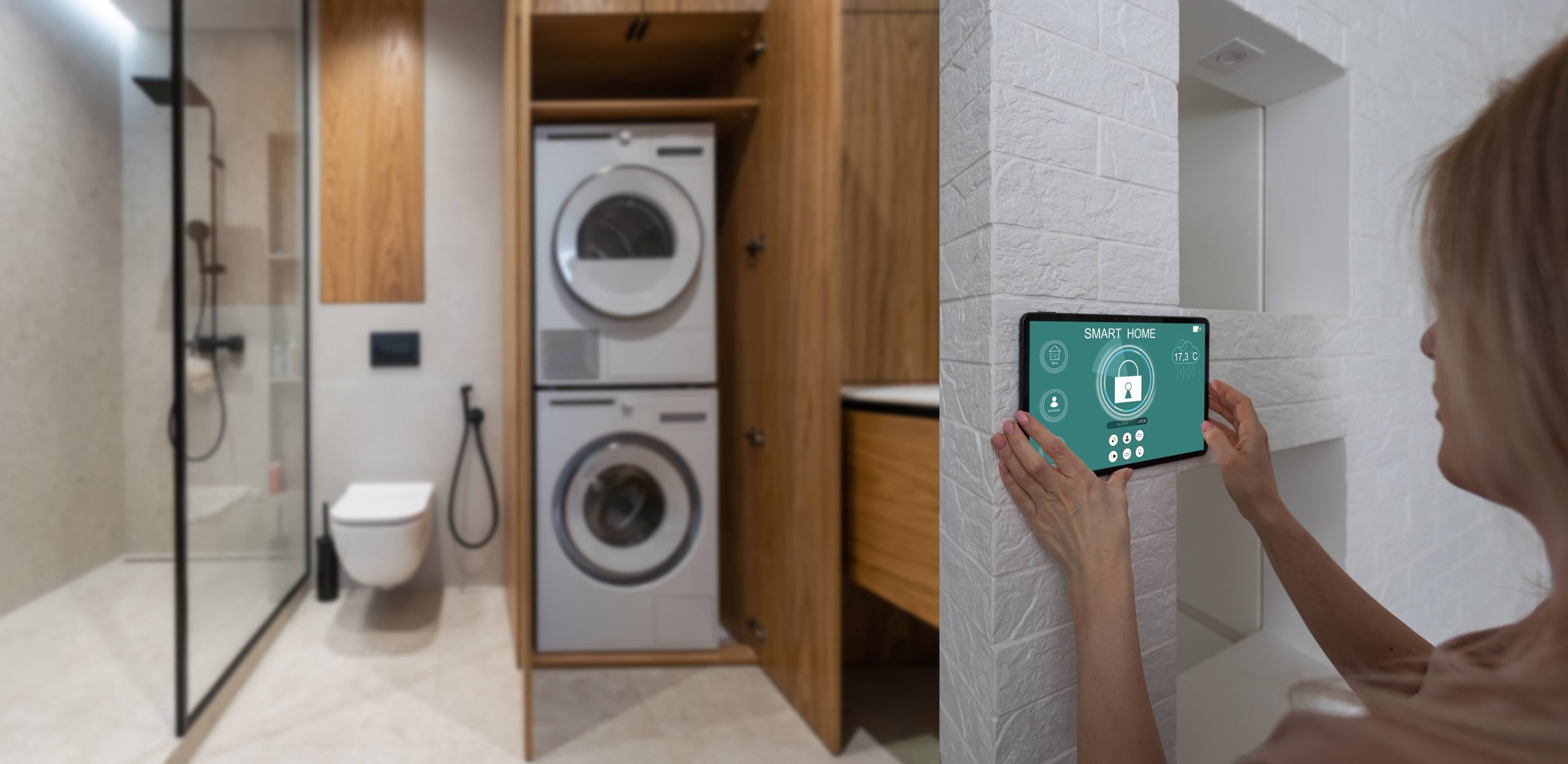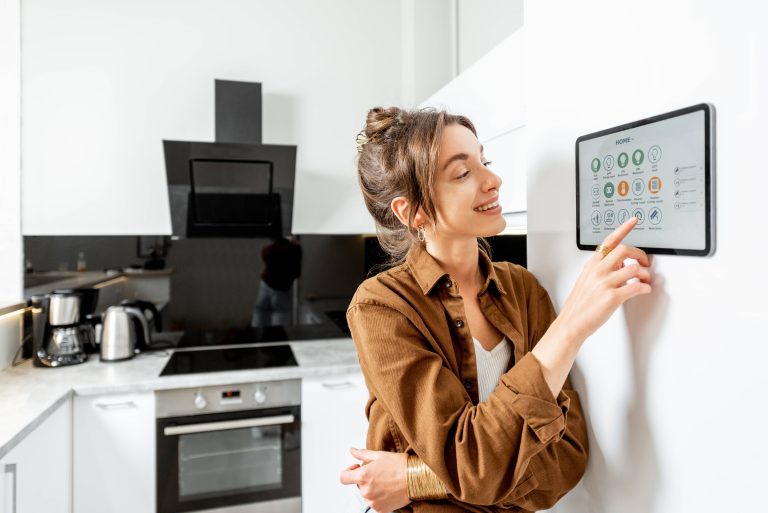
In recent years, smart home automation has drastically evolved, creating opportunities to enhance the quality of life for everyone, including individuals with disabilities. As the technology advances, it ensures that homes are not just smart but also accessible and accommodating, providing a level of independence and convenience previously unimaginable. In this article, we will explore innovative smart home automation solutions specifically designed to assist individuals with various types of disabilities, highlighting how technology can create a more inclusive environment.
The Importance of Smart Home Automation for Individuals with Disabilities
For individuals with physical, cognitive, or sensory disabilities, daily tasks can often present significant challenges. This is where smart home automation steps in as an empowering force. By integrating intelligent systems and devices, smart homes can offer greater control, safety, and comfort, thus promoting independence and enhancing the quality of life.
Smart Home Solutions for Physical Disabilities
1. Voice-Controlled Assistants
Smart assistants like Amazon Alexa, Google Assistant, and Apple Siri have revolutionized home automation for people with physical disabilities. These voice-controlled systems can perform a wide array of tasks—turning on lights, adjusting thermostats, locking doors, controlling entertainment systems, and even managing household appliances—simply through spoken commands, significantly reducing the physical effort required.
2. Automated Doors and Accessibility Ramps
Installing automated door systems that open or close with a smart device or voice command can eliminate the struggle of operating heavy doors. Integration with wheelchair accessibility ramps can further streamline movement throughout the house, removing barriers and ensuring safety and convenience.
3. Smart Lighting and Blinds
Smart lighting systems can be controlled via voice commands, smartphones, or motion sensors, providing easy access to illumination based on personal needs. Similarly, motorized blinds can be adjusted automatically at certain times of the day or controlled remotely, offering flexibility without the need to reach or exert effort manually.
Smart Home Solutions for Cognitive Disabilities
1. Medication Reminders
Managing medication schedules can be particularly challenging for individuals with cognitive disabilities. Smart medication dispensers and reminder systems can be programmed to alert the user through alarms, voice reminders, or notifications on their smartphone, ensuring they never miss a dose.
2. Routine Management Systems
Smart home devices can assist in managing daily routines effectively. For instance, reminders for tasks like meals, appointments, or hygiene routines can be set up with smart assistants. These systems can also provide step-by-step guidance during tasks, offering necessary support when needed.
3. Emergency Alerts and Monitoring
Smart home systems equipped with sensors and monitoring capabilities can detect unusual activities or emergencies, such as falls. In such cases, they can send alerts to caregivers or emergency services, ensuring timely assistance. This real-time monitoring provides peace of mind to both individuals and their families.
Smart Home Solutions for Sensory Disabilities
1. Visual and Auditory Assistance
For individuals with visual impairments, smart home devices can provide auditory feedback. Systems like Google Assistant and Alexa can read out loud important information, emails, or navigation instructions. Conversely, for those with hearing impairments, smart home systems can use visual alerts, such as flashing lights or screen notifications, to notify them of various events, e.g., doorbell rings or smoke alarms.
2. Braille-Compatible Technologies
Some advanced smart home technologies are designed to be compatible with Braille displays, allowing visually impaired individuals to interact with different devices through tactile feedback. This can include everything from controlling their entertainment systems to accessing their thermostats.
3. Smart Doorbell Systems
Video doorbells equipped with smart cameras can be particularly helpful for individuals with hearing impairments. These systems can notify them via visual signals on their connected devices when someone is at the door. The integrated video feed also allows them to see and communicate with visitors through their smartphones or tablets.
Integration Platforms
To maximize the benefits of smart home automation, integrating various devices and systems on a single platform is crucial. Platforms like Apple HomeKit, Google Home, and Amazon’s Alexa offer centralized control and seamless integration. This convergence of technology ensures that all smart devices work in harmony, delivering a cohesive and efficient experience. Moreover, it allows for personalized automation routines tailored to the specific needs of individuals with disabilities, making their daily interactions with their home more intuitive and less cumbersome.
Conclusion
The rise of smart home automation presents a remarkable opportunity to foster independence and improve the quality of life for individuals with disabilities. These innovative solutions not only address their unique challenges but also empower them by providing control over their environment. As technology continues to advance, the future of smart homes looks increasingly promising, paving the way for more accessible and inclusive living spaces.
Investing in smart home solutions for individuals with disabilities is not just about convenience; it’s about creating a world where everyone can thrive, irrespective of their physical, cognitive, or sensory challenges. As a smart home enthusiast and blogger, it’s our privilege to share these advancements, contributing to a community where technology serves humanity in its truest sense.







